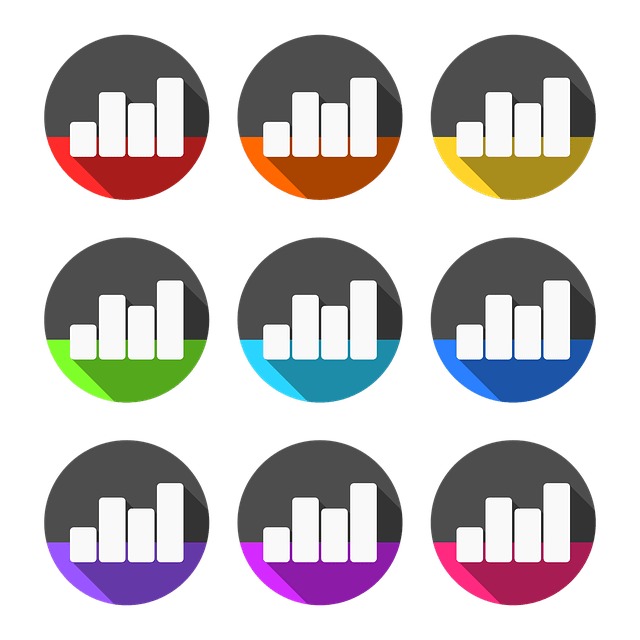Global aquaculture production has more than tripled in volume in the past 20 years, growing from 34 metric tons (MT) to 112MT.
Due to the stagnation of wild catching because of increased fishing regulations and limited availability of species, growth in seafood production over the past few decades has been mostly supplied by inland aquaculture, particularly in Asia. To cover increasing demand and gain leadership in this rapidly growing market, industry players have had to increase productivity and overall efficiencies.
After helping a Latin American animal feed company use machine-learning models to revolutionize its offerings for fish farmers, McKinsey accepted the challenge to continue powering the advanced-analytics transformation in the aquaculture industry. Over the past year, a McKinsey team has focused on taking the shrimp industry to the next level: an end-to-end technology ecosystem enabled by advanced analytics.
“Many shrimp farmers are still operating with highly manual processes and uncertainty in decision making,” explains McKinsey engagement director and associate partner Melissa Fitts. “So there was a huge opportunity to help them standardize, automate, and optimize their practices, helping them increase efficiency in their production.”
Compared with other industries, shrimp was falling behind in the use of technology, not only in farming but also across the value chain. “To collect data and train the models, we had to digitize information written out with pen and paper,” says Fitts.
In addition to providing an analytics solution, McKinsey set out to develop a full digital ecosystem that would not only leverage global best practices through predictive models but also adapt to specific field conditions and empower farmers by creating a solution specially tailored to their needs. “The ecosystem integrates hardware, software, and field technical skills to create a comprehensive solution that optimizes productive practices and increases profitability while easing farmers into the new technology,” says Jorge Grieve, McKinsey leading partner of the program.
The solution comprises Internet of Things (IoT) equipment such as automatic feeders, sensors, and hydrophones to collect real-time data and standardize feed distribution; a set of predictive analytics models to optimize quantity and time of feed based on pool conditions and shrimp characteristics; and a technical-advisory service that helps implement the solution in the field. “What makes this project unique is the contrast of using IoT and AI algorithms in an industry that was using manual calculations no longer than a year ago,” explains Simon Tamayo, data-science expert and techlead of the project.
“The effect of one cannot be separated from the other,” says McKinsey engagement manager Georgina Jabbour, explaining how the ecosystem has performed. “It is the combination of automation, data-driven decision making, and technical expertise that generates unprecedented levels of biomass in a shorter period of time.”
McKinsey has helped deploy the solution across approximately 300 hectares of shrimp ponds, achieving a median increase in biomass of 16 percent—at a higher growth rate—and reducing production cycles by as much as 15 percent. “Shrimp farmers are starting to understand the impact of technology in their practice and are now actively looking for partners who can help them transform their operations,” says Jabbour. “From the smallest to the largest producers, farmers are finding a huge opportunity to increase their profitability.”
In this context, what was once a way for aquaculture players to differentiate themselves has now become a ticket to play. Global players have reacted to the offering and are actively contributing to the technological revolution in shrimp farming. “It all started from a very specific question for a client, which turned into a massively transformative project not only for the client but also for the industry,” says Pepe Cafferata, a McKinsey partner and head of QuantumBlack in Latin America.
Moving forward, there are large opportunities that can be captured. Today’s advanced-analytics models are constantly evolving—and will continue to learn as the digital ecosystem provides data for the next generation. “We have created a data-driven culture,” says Tamayo. “Our client’s analytics team is already working on including new variables that can affect shrimp growth, and together, we have established a road map for exploration to continue revolutionizing the industry.”
